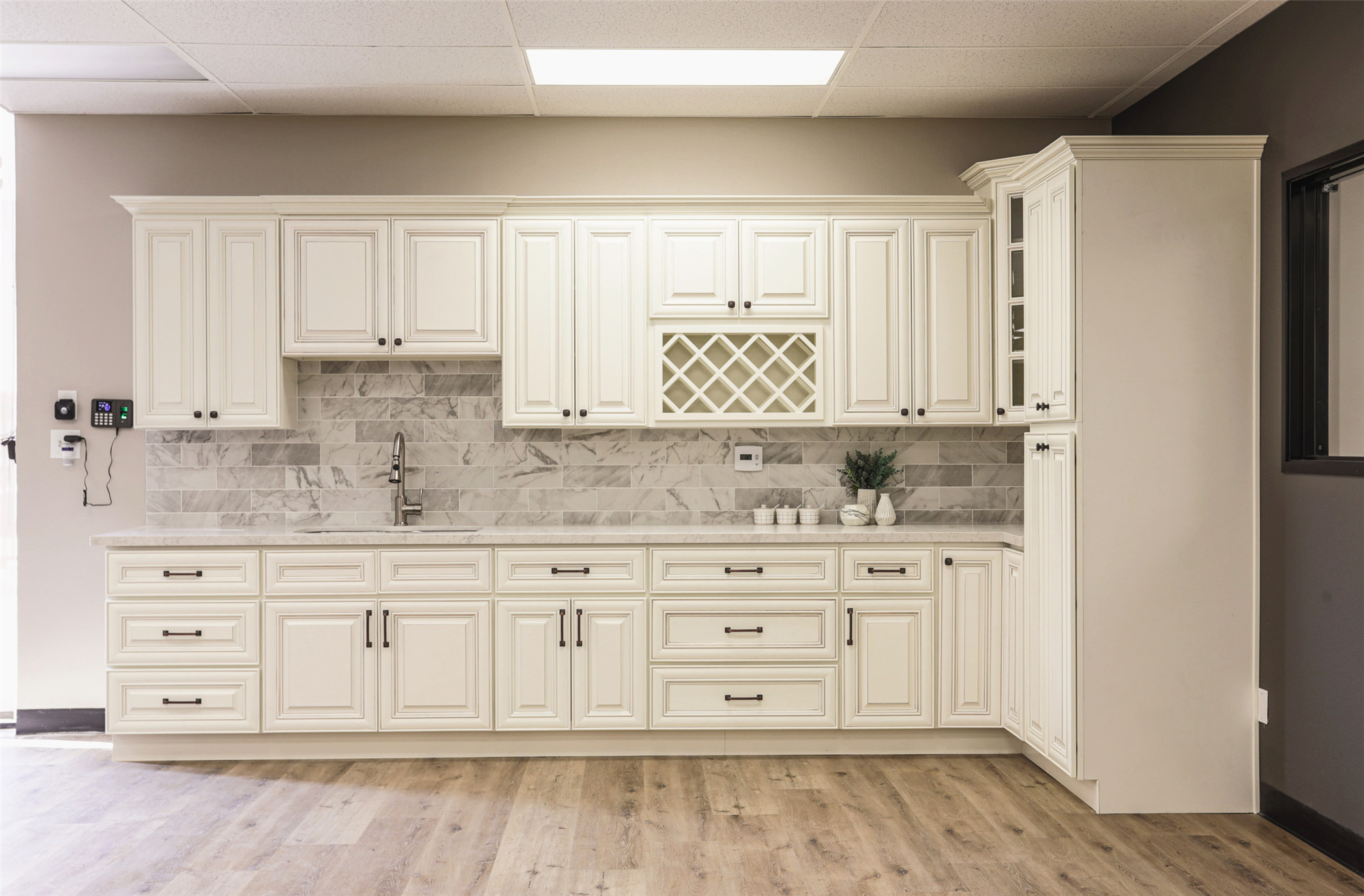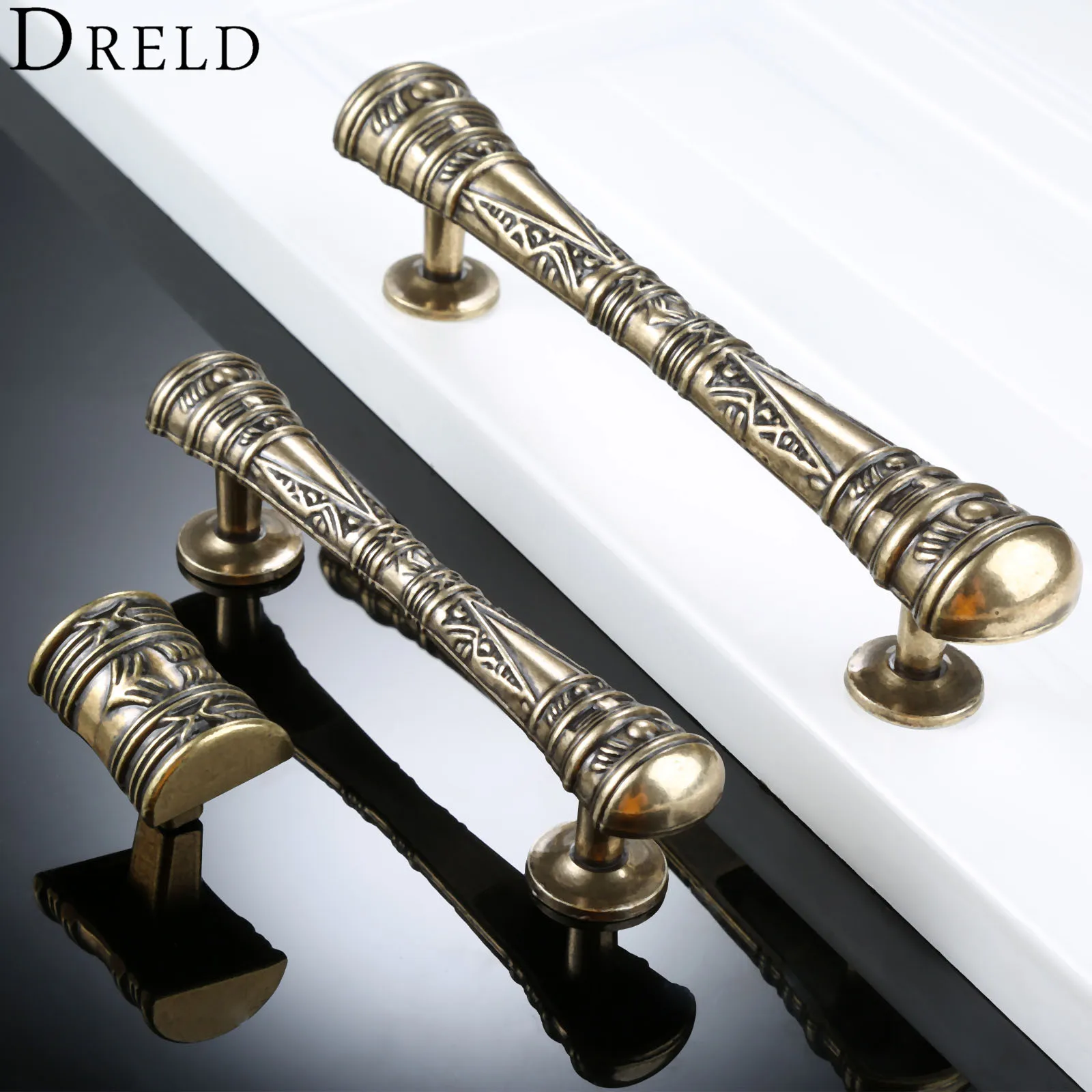Historical Overview of Antique Kitchen Cabinet Hardware

Antique kitchen cabinet hardware offers a fascinating glimpse into the past, reflecting evolving tastes and technological advancements. From the ornate details of Victorian pieces to the streamlined elegance of Art Deco, these small details tell a big story about design history and craftsmanship. This overview explores the evolution of styles, materials, and manufacturing processes from the late 19th to the mid-20th century.
Evolution of Styles and Materials, Antique kitchen cabinet hardware
The late 19th and early 20th centuries witnessed a significant shift in kitchen cabinet hardware styles. Victorian-era hardware (roughly 1837-1901) was characterized by elaborate designs, often featuring intricate floral patterns, swirling acanthus leaves, and heavy ornamentation. Popular materials included cast iron, brass, and porcelain, frequently finished in dark, rich tones like black, bronze, or dark green. These pieces often incorporated glass knobs or pulls for an added touch of elegance.
The Arts & Crafts movement (roughly 1880-1920), reacting against the excesses of Victorian styles, favored simpler, more handcrafted designs. Hardware from this period often featured natural materials like wood, wrought iron, and copper, with straightforward, geometric shapes and minimal ornamentation. The emphasis was on functionality and the beauty of natural materials. Think sturdy wooden knobs and simple, hammered iron pulls.
Art Deco (roughly 1920-1939) brought a dramatic change, embracing geometric shapes, bold lines, and luxurious materials. Chrome, nickel, and Bakelite became popular choices, reflecting the era’s fascination with modern technology and streamlined aesthetics. Hardware designs were often symmetrical, with clean lines and a sense of sophistication. Think sleek, chrome pulls and geometrically shaped knobs. Mid-century modern (roughly 1933-1965) followed, emphasizing functionality and clean lines, often using simple metal pulls and knobs in brushed nickel or brass finishes.
Manufacturing Processes
The manufacturing processes used for antique kitchen cabinet hardware also evolved significantly over time. Early Victorian pieces were often individually handcrafted, with skilled artisans employing techniques like sand casting for metal hardware and hand-painting for porcelain pieces. This resulted in unique variations and subtle imperfections, contributing to their charm.
Mass production techniques became increasingly prevalent in the early 20th century, particularly with the rise of industrialization. Die-casting, a process involving pouring molten metal into a mold, allowed for the efficient creation of identical pieces. Stamping, which involved pressing metal into a desired shape, was also widely adopted. These techniques led to a greater availability of hardware at lower prices, though they sometimes resulted in a slight loss of the unique character found in handcrafted items.
Comparative Analysis of Aesthetic Differences
The following table compares the aesthetic differences between Victorian, Arts & Crafts, Art Deco, and Mid-Century Modern kitchen cabinet hardware styles.
| Style | Materials | Design Characteristics | Overall Aesthetic |
|---|---|---|---|
| Victorian | Cast iron, brass, porcelain | Intricate floral patterns, swirling designs, heavy ornamentation | Ornate, elaborate, opulent |
| Arts & Crafts | Wood, wrought iron, copper | Simple, geometric shapes, minimal ornamentation, natural materials | Simple, functional, handcrafted |
| Art Deco | Chrome, nickel, Bakelite | Geometric shapes, bold lines, symmetrical designs | Sleek, modern, sophisticated |
| Mid-Century Modern | Brushed nickel, brass, simple metals | Clean lines, minimalist designs, functionality | Simple, functional, understated |
Restoring and Maintaining Antique Kitchen Cabinet Hardware

Giving your antique kitchen cabinet hardware a new lease on life isn’t just about aesthetics; it’s about preserving a piece of history. Proper restoration and maintenance ensure these beautiful pieces remain functional and visually stunning for generations to come. This involves understanding the materials, employing gentle cleaning methods, and performing timely repairs.
Cleaning and Polishing Antique Hardware
Different materials require different approaches to cleaning and polishing. Harsh chemicals can damage delicate finishes, so a gentle touch is crucial. The following Artikels safe and effective methods for various types of antique hardware.
- Brass: Brass is relatively durable but can tarnish. To clean, mix a paste of baking soda and water, gently apply it with a soft cloth, and rinse thoroughly with warm water. For polishing, use a dedicated brass polish following the manufacturer’s instructions. Always buff with a soft cloth to restore shine. Avoid abrasive cleaners.
- Porcelain: Porcelain knobs and handles are delicate. Avoid harsh scrubbing. Use a soft damp cloth to remove dust and grime. For stubborn stains, a mild dish soap solution can be used, but rinse immediately and dry thoroughly to prevent water spots. Avoid abrasive cleaners or scouring pads.
- Wood: Wooden knobs and pulls often have a delicate finish. Clean with a slightly damp cloth and a mild wood cleaner, if needed. Avoid excessive moisture, which can damage the wood. For polishing, use a specialized wood polish designed for the specific type of wood (e.g., beeswax polish for darker woods).
Repairing Damaged Antique Hardware
Even with careful handling, antique hardware can become damaged. Knowing basic repair techniques can save you money and extend the life of your pieces.
Loose knobs can often be tightened by carefully removing them and applying a small amount of wood glue to the threads before screwing them back on. If the threads are stripped, you might need to replace the screw or, in more severe cases, the knob itself. For broken porcelain, professional restoration might be necessary, as attempting a home repair could cause further damage. Cracked or chipped wood can sometimes be repaired with wood filler, followed by sanding and refinishing to match the existing finish.
Preventative Maintenance of Antique Hardware
Preventative maintenance is key to keeping your antique hardware in top condition. Regular cleaning and careful handling will significantly extend its lifespan.
- Regular Cleaning: Dust your hardware regularly with a soft cloth or a feather duster. Avoid harsh chemicals or abrasive cleaners.
- Proper Storage: If storing hardware not currently in use, wrap individual pieces in acid-free tissue paper and store them in a cool, dry place away from direct sunlight and moisture. This protects against tarnishing and damage.
- Careful Handling: Avoid dropping or bumping your antique hardware. When cleaning or polishing, use gentle pressure to avoid scratching or damaging the finish.
- Protective Coatings: For particularly valuable or delicate pieces, consider applying a thin layer of a suitable protective wax or lacquer after cleaning. Always test this on an inconspicuous area first.
